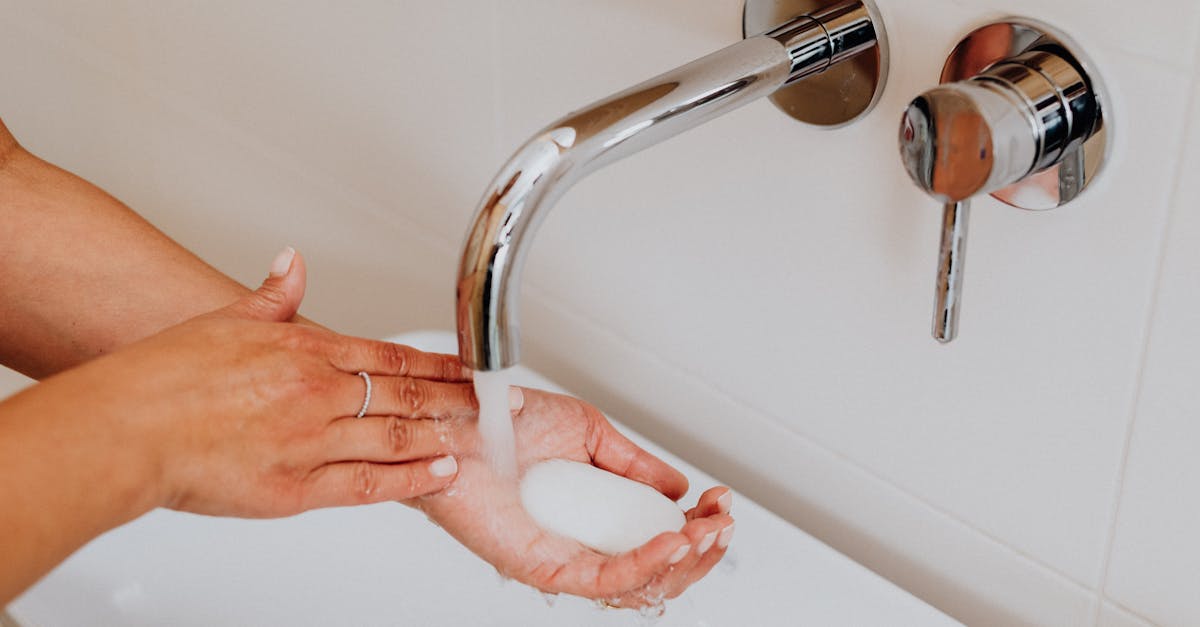A cluttered sink can turn even the most serene kitchen into a chaotic battlefield. It’s like a black hole that sucks in dirty dishes, stray utensils, and that mysterious Tupperware lid that never seems to find its match. If you’ve ever felt overwhelmed by the mess, you’re not alone. Many struggle to keep their sinks tidy, but with a few clever decluttering tips, it’s easier than you think.
Table of Contents
ToggleBenefits Of Sink Decluttering
Sink decluttering offers several advantages that enhance both cleanliness and functionality in the kitchen. Focusing on these benefits can motivate individuals to maintain a tidy sink.
Improved Hygiene
Improved hygiene results from a decluttered sink. A clean sink eliminates bacteria buildup, reducing the risk of cross-contamination. Regularly removing dirty dishes and utensils prevents odors from developing. Freshness in the kitchen increases when surfaces stay clean. By organizing cleaning supplies near the sink, individuals can streamline the washing process. Maintaining this order fosters a healthier cooking environment and encourages better habits.
Increased Efficiency
Increased efficiency directly relates to sink decluttering. A clear workspace allows for quicker dishwashing and food prep. Finding utensils and tools becomes easier when fewer items occupy the sink area. Less clutter minimizes distractions, making the cooking process smoother. A tidy sink encourages consistent upkeep, which ultimately saves time in daily routines. Simplifying access to necessary items enhances overall kitchen productivity.
Step-By-Step Guide To Declutter Your Sink
Decluttering a sink requires a systematic approach. Following a few structured steps makes the process simple and effective.
Assessing Your Current Setup
Start by examining the current arrangement in and around the sink. Identify items accumulating on the counter or inside the sink itself. Understanding what belongs there helps recognize unnecessary clutter. Discard items that don’t contribute to functionality, such as old sponges or broken tools. This critical evaluation forms the foundation for an organized space, paving the way for more effective decluttering.
Choosing Essential Items
Next, focus on selecting the necessary items for efficient sink use. Limit utensils and tools to those required for daily tasks. Prioritize versatile items like a good dish soap dispenser and a sturdy scrub brush. Consider the frequency of use for each item; keep only what is essential. This careful selection reduces clutter and increases accessibility, creating a streamlined work area.
Organizing Your Sink Area
Finally, organize the sink area for maximum efficiency. Place frequently used items within easy reach, such as dish soap and sponges. Utilize cabinet space to store infrequently used tools. Employ organizers or trays to separate items and maintain visual order. This final step ensures a neat appearance while enhancing workflow, allowing for quick dishwashing and food preparation.
Maintenance Tips For A Clutter-Free Sink
Maintaining a clutter-free sink requires consistent habits. Implementing the right routines leads to lasting cleanliness and organization.
Daily Routines
Establishing daily routines is crucial for keeping the sink tidy. Start by rinsing dishes immediately after use; this prevents food residue from hardening. Wipe down surfaces each evening, removing water spots or spills before they accumulate. Limit the number of items left on the countertop around the sink, keeping only essentials nearby. Designate a specific spot for sponges and dish soap to minimize clutter. Encourage everyone in the household to follow these habits, fostering a cleaner space for all.
Weekly Clean-Up Strategies
Incorporating weekly clean-up strategies enhances sink maintenance. Set aside time every week to conduct a thorough inspection of utensils and tools. Check for items that may need replacement, such as worn-out sponges or broken gadgets. Deep clean the sink with a mixture of baking soda and vinegar to combat stains and lingering odors. Disinfect surfaces to eliminate bacteria, promoting a healthier environment. Organize storage solutions to keep infrequently used tools out of sight, ensuring easy access to frequently used items. Consistent weekly upkeep leads to an uncluttered and efficient sink area.
Common Pitfalls To Avoid
Avoiding common pitfalls helps maintain a functional and tidy sink area. Clutter can quickly mount, creating additional stress.
Overcrowding The Sink Space
Overcrowding contributes to a chaotic sink environment. Dishes piled high block necessary workspace and promote a disorganized appearance. Limiting the number of items on display reduces distractions while tidying the area. Essential tools like dish soap and sponge should occupy prime positions. For example, a simple caddy can hold sponges while keeping soaps accessible without cluttering the surface. Additionally, regularly assessing items ensures only frequently used tools remain within reach, fostering a cleaner, more efficient setup.
Ignoring Hidden Areas
Ignoring hidden areas leads to unexpected clutter. Backs of sinks and cabinets often collect forgotten items, ultimately detracting from the overall organization. Regularly checking these spaces allows for the removal of unnecessary tools and contributes to a streamlined environment. A designated spot for less frequently used items can keep surfaces clear and enhance accessibility. Utilizing drawer dividers or small containers helps manage these hidden areas effectively. By addressing these spots, individuals can uncover lost space and create a decluttered sink area.
A decluttered sink transforms kitchen dynamics. By adopting simple habits and following a clear organization strategy, anyone can achieve a cleaner and more efficient workspace. This not only enhances hygiene but also streamlines cooking and cleaning processes.
Regular maintenance is key to sustaining this newfound order. By prioritizing essential items and keeping surfaces clear, distractions diminish and productivity increases. With a little effort and consistency, a tidy sink can become a reality, fostering a healthier kitchen environment and making daily tasks more enjoyable. Embracing these decluttering tips leads to a more functional space that inspires culinary creativity.





